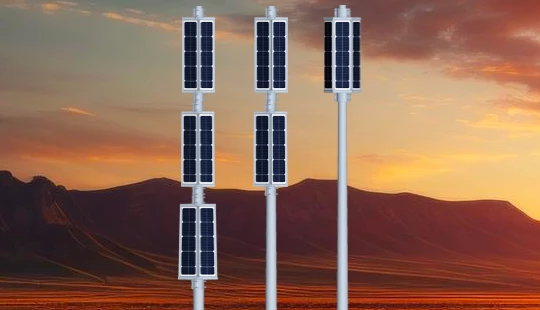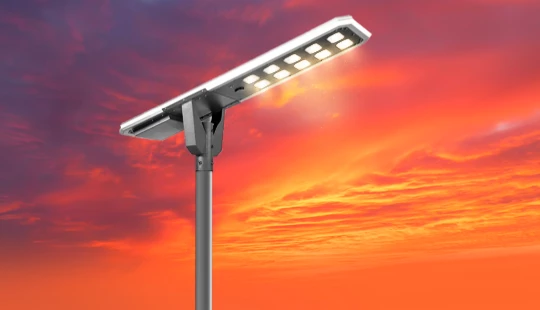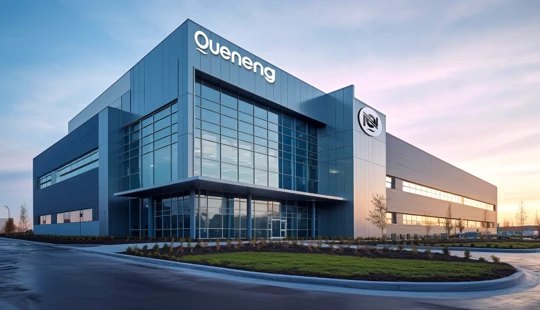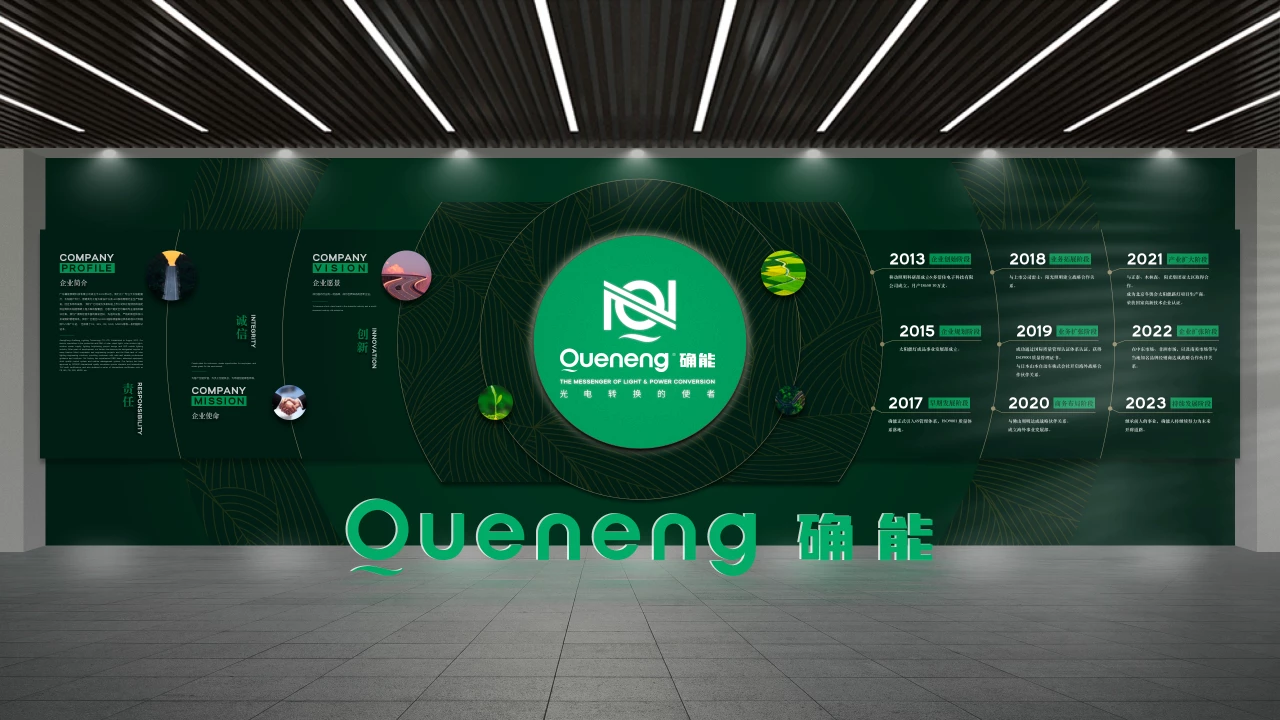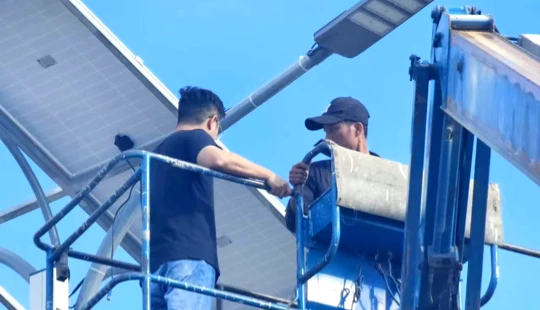OEM solar lights for parking lots | Insights by Quenenglighting
Navigating OEM Solar Lights for Parking Lots: A Strategic Procurement Guide
When considering OEM solar lights for parking lots, procurement professionals face a unique set of challenges and opportunities. The market for solar lighting is growing rapidly, driven by sustainability goals and the desire for reduced operational costs. According to market research, the global solar street lighting market is projected to expand significantly, indicating a strong trend towards off-grid lighting solutions. To help you make informed decisions, we've identified the five most common questions and concerns that arise during the procurement process for OEM solar parking lot lights.
1. How Do OEM Solar Lights Ensure Consistent Illumination and Battery Longevity, Especially in Diverse Weather Conditions?
Consistent performance is paramount for parking lot safety and functionality. OEM solar lights achieve this through a combination of advanced components and intelligent design:
- High-Efficiency Solar Panels: Most quality OEM solutions utilize monocrystalline silicon solar panels, boasting efficiency rates typically ranging from 18% to 22%. This ensures maximum energy capture even on partially cloudy days.
- Advanced Battery Technology: Lithium Iron Phosphate (LiFePO4) batteries are the industry standard for their superior lifespan, safety, and performance. LiFePO4 batteries offer 2,000 to 4,000 charge/discharge cycles at 80% Depth of Discharge (DoD), translating to 8-10+ years of reliable operation. They are also less susceptible to thermal runaway compared to other lithium-ion chemistries.
- Maximum Power Point Tracking (MPPT) Controllers: These sophisticated charge controllers optimize the power output from the solar panel to efficiently charge the battery. MPPT controllers can improve charging efficiency by 15-30% compared to simpler Pulse Width Modulation (PWM) controllers, ensuring the battery gets fully charged even under fluctuating solar conditions.
- Smart Power Management: Integrated controllers can adjust LED brightness based on battery charge levels or predefined dimming schedules (e.g., 100% brightness for the first 4 hours, then dimming to 50% for the remaining night hours), extending autonomy during periods of low sunlight.
2. What Is the Total Cost of Ownership (TCO) and ROI for OEM Solar Lights in Parking Lots?
While the upfront cost of a solar light unit might seem higher than a traditional grid-tied fixture, the TCO and Return on Investment (ROI) are often significantly more favorable:
- Reduced Installation Costs: Solar lights require no trenching, wiring, or connection to the electrical grid. This can lead to 30-50% savings on installation labor and material costs compared to traditional wired systems.
- Zero Electricity Bills: Once installed, OEM solar lights operate completely off-grid, eliminating ongoing electricity costs, which can represent substantial savings over the system's lifespan.
- Minimal Maintenance: Beyond occasional cleaning of solar panels (e.g., once or twice a year, depending on the environment) and eventual battery replacement after 8-10 years, solar lights require very little maintenance. This contrasts sharply with grid-tied lights that may incur costs for line repairs or complex electrical troubleshooting.
- Accelerated ROI: Depending on electricity rates, installation complexities, and government incentives (e.g., tax credits, rebates for renewable energy), the typical payback period for a well-designed OEM solar lighting system can be as short as 3 to 5 years.
- Sustainability & Brand Image: Investing in solar lighting enhances a company's commitment to sustainability, potentially improving public perception and meeting corporate social responsibility goals.
3. What Level of Customization and Scalability Can I Expect for OEM Solar Parking Lot Lights?
One of the primary advantages of OEM procurement is the ability to tailor products to exact specifications. For solar parking lot lights, this includes:
- Branding and Aesthetics: Manufacturers can incorporate your company's logo, specific color schemes, or unique housing designs to align with Quenenglighting identity or architectural requirements.
- Lumen Output and Light Distribution: Parking lots require specific light levels (e.g., 5,000 to 20,000 lumens per fixture depending on area and pole height) and light distribution patterns (e.g., Type III or Type IV for broad, even coverage). OEM allows for precise lumen packages, beam angles, and CCT (Correlated Color Temperature, e.g., 4000K for natural white) to optimize visibility and minimize light pollution.
- Pole Integration and Mounting Options: Custom designs ensure compatibility with existing poles or new pole specifications, including arm lengths, slip-fitter sizes, and mounting styles.
- Smart Feature Integration: OEMs can integrate specific motion sensors, IoT modules (e.g., LoRaWAN, Zigbee, cellular), or remote control capabilities based on your project's smart city or smart campus vision.
- Scalability for Large Projects: Experienced OEM manufacturers have the production capacity and supply chain management to handle large-volume orders while maintaining consistent quality and adhering to project timelines.
4. What Are the Key Factors Determining Durability, Lifespan, and Warranty for OEM Solar Lights?
Durability and longevity are crucial for outdoor infrastructure. Key considerations for OEM solar lights include:
- IP Rating: An Ingress Protection (IP) rating of IP65 or IP66 is essential for outdoor solar lights, indicating complete protection against dust ingress and resistance to water jets (IP65) or powerful water jets (IP66). For extremely harsh environments, IP67 might be considered.
- Material Quality: High-grade materials such as die-cast aluminum for housings, tempered glass for solar panel and LED covers, and corrosion-resistant coatings ensure resilience against extreme temperatures, UV radiation, and harsh weather conditions.
- LED Lifespan: Modern high-quality LEDs typically have an L70 rating (when lumen output degrades to 70% of initial output) of 50,000 to 100,000 hours, translating to 10-20 years of operational life in typical night-time use.
- Battery Lifespan: As mentioned, LiFePO4 batteries offer 8-10+ years of life under normal operating conditions.
- Certifications: Look for certifications like CE, RoHS, FCC, and specific regional standards to ensure product quality and compliance.
- Warranty and After-Sales Support: A reputable OEM supplier should offer a comprehensive warranty, typically 2-5 years for the entire system, and often longer for specific components like LED modules (e.g., 5-10 years). Robust after-sales support, including technical assistance and spare parts availability, is vital for long-term project success.
5. What Advanced Technologies and Smart Features Are Available for OEM Solar Parking Lot Lights?
Modern OEM solar lights are far more than just light sources; they can be intelligent assets within a smart infrastructure:
- PIR Motion Sensors: Passive Infrared (PIR) sensors detect movement, allowing lights to dim to a low standby level (e.g., 10-30%) when no presence is detected and brighten to 100% upon sensing motion. This feature can lead to 30-70% energy savings and extends battery autonomy.
- IoT Connectivity & Remote Monitoring: Integration with IoT platforms via LoRaWAN, Zigbee, or cellular networks enables centralized remote monitoring and control. Facility managers can monitor battery status, solar charging performance, and LED functionality from a dashboard, receiving alerts for any issues.
- Adaptive Lighting & Dimming Profiles: Beyond simple motion detection, advanced systems can implement time-based dimming schedules, or even learn traffic patterns to adjust light levels dynamically. This optimizes energy use while maintaining safety.
- Data Analytics: Collected data on energy consumption, environmental conditions, and system performance can provide valuable insights for further optimization and predictive maintenance.
- Integrated Cameras & Sensors: For enhanced security, some advanced OEM solutions can integrate surveillance cameras, air quality sensors, or even Wi-Fi hotspots, leveraging the existing pole infrastructure.
Quenenglighting: Your Partner for OEM Solar Lighting Solutions
Choosing the right OEM partner is crucial for the success of your solar parking lot lighting project. Quenenglighting stands out with its commitment to innovation, quality, and customer satisfaction. Our advantages include:
- Robust OEM Capabilities: We offer extensive customization, from branding and housing design to specific lumen outputs and smart feature integration, tailored precisely to your project requirements.
- Superior Performance & Reliability: Utilizing high-efficiency monocrystalline panels, long-life LiFePO4 batteries, and advanced MPPT technology, our solar lights ensure consistent, dependable illumination year-round.
- Rigorous Quality Control: Every product undergoes stringent testing and adheres to international standards, guaranteeing durability and long operational life with excellent IP ratings and robust materials.
- Comprehensive Support: From initial design consultation and technical support to reliable warranties and efficient after-sales service, we provide a complete partnership throughout your project lifecycle.
- Cost-Effective & Sustainable Solutions: Quenenglighting helps you achieve significant long-term savings through reduced energy bills and maintenance, while contributing to your sustainability goals. Invest in Quenenglighting for smart, reliable, and sustainable parking lot lighting solutions that illuminate your future.

Have more questions about our products or services?
The latest hot news you might like

Discover how solar panels power street lights, exploring the technology behind solar energy conversion, storage systems, and how solar-powered street lights are revolutionizing urban and rural lighting solutions.

Learn how AC Solar Hybrid Street Lights work, their advantages, disadvantages, system behavior in low-sunlight conditions, and why hybrid technology is ideal for regions with unstable sunlight.

Municipalities around the world are increasingly adopting solar-powered streetlights as part of their urban development strategies. Rising energy costs, the need for sustainable infrastructure, and government green initiatives are driving cities to switch from traditional street lighting to advanced LED solar streetlights.
Queneng Lighting provides municipalities with cost-effective, energy-efficient, and durable solar lighting solutions, ensuring safe and sustainable public spaces.
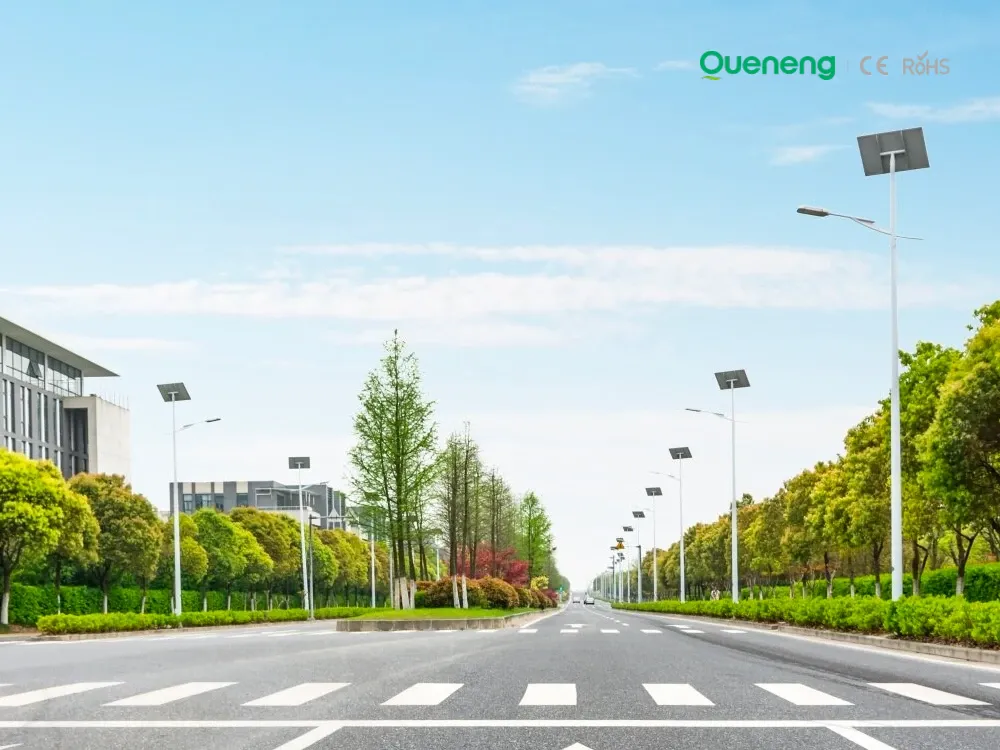
In recent years, the purchase of solar streetlights for municipalities has become a growing trend across the globe. Local governments are under pressure to reduce public expenditure, promote green energy, and create safer communities. Solar streetlights provide a reliable, cost-effective, and sustainable solution that meets these needs. Queneng Lighting, as a leading solar street lighting manufacturer, has supported multiple municipal projects worldwide with customized and energy-efficient solutions.
FAQ
Transportation and Highways
Are there options for aesthetic customization to match the local environment?
Yes, we offer customizable pole designs, color finishes, and lighting styles to blend seamlessly with the surrounding environment.
Solar Street Light Luqing
Can solar street lights be used in cloudy or rainy weather?
Yes, solar street lights can still function in cloudy or rainy conditions, though their performance may be reduced due to lower sunlight. The battery is designed to store enough energy to power the light for several days of overcast weather.
Solar Street Light Chuanqi
Can Chuanqi solar street lights be installed in remote or off-grid locations?
Yes, Chuanqi solar street lights are perfect for remote or off-grid locations because they do not require an external power supply. They are entirely solar-powered, making them ideal for rural areas, parks, trails, or other places where connecting to the electrical grid is not feasible. Their self-sufficient design makes installation simple and cost-effective.
Battery and Analysis
What are the characteristics of rechargeable portable batteries?
There are rechargeable portable batteries in different electrochemical types, such as lead-acid type (2V/unit), nickel-cadmium type (1.2V/unit), nickel-hydrogen type (1.2V/unit), lithium-ion battery (3.6V/unit) ), the typical characteristic of these types of batteries is that they have a relatively constant discharge voltage (there is a voltage platform during discharge), and the voltage decays quickly at the beginning and end of discharge.
Sustainability
Does Queneng offer installation services?
Yes, we provide installation support based on project requirements, including professional installation guidance and technical consultation. If needed, our team can arrange on-site installation services.
Schools and Educational Institutions
Can solar lights be installed in remote locations without easy access to power sources?
Yes, solar lights are perfect for remote locations where it is difficult to lay electrical wiring. They provide autonomous lighting without the need for external power sources.
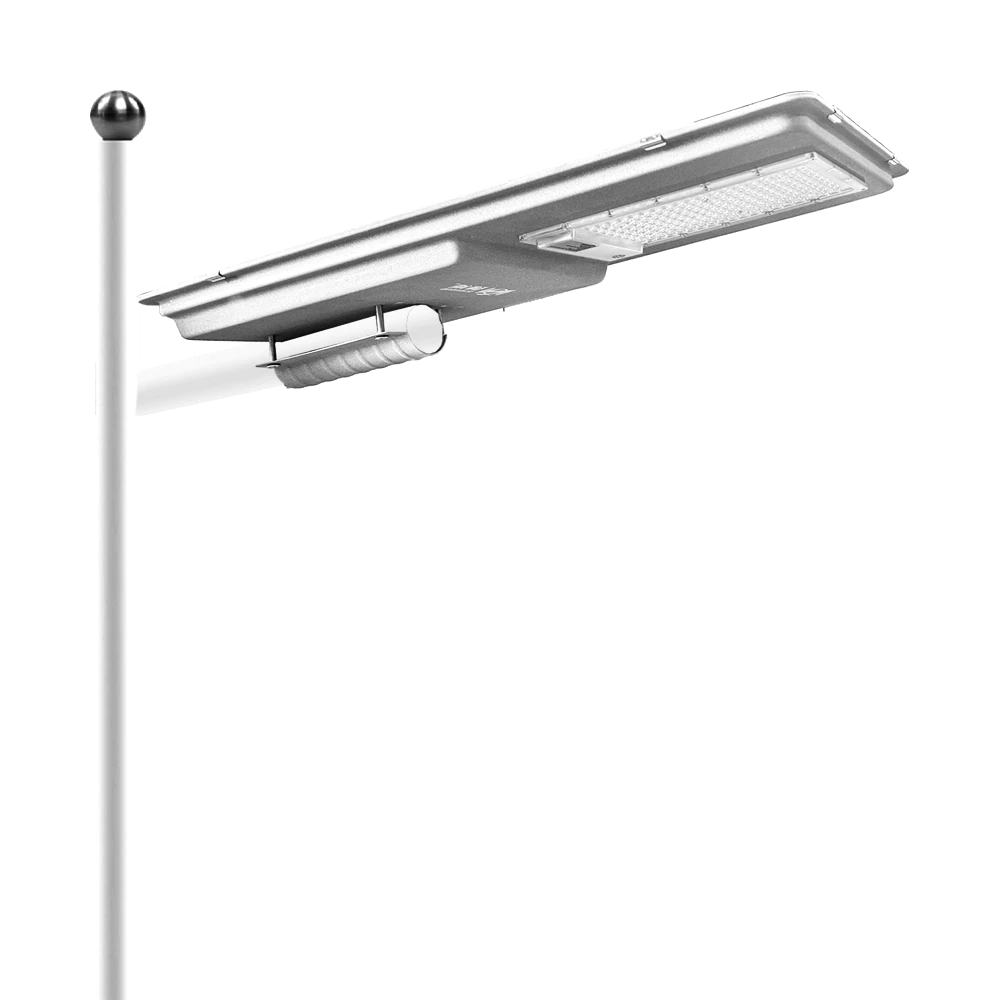
Queneng's Lufa high-efficiency solar LED street lights illuminate urban and commercial spaces brilliantly. These commercial solar LED street lights offer superior energy savings and reliable performance, making them an ideal sustainable lighting solution.
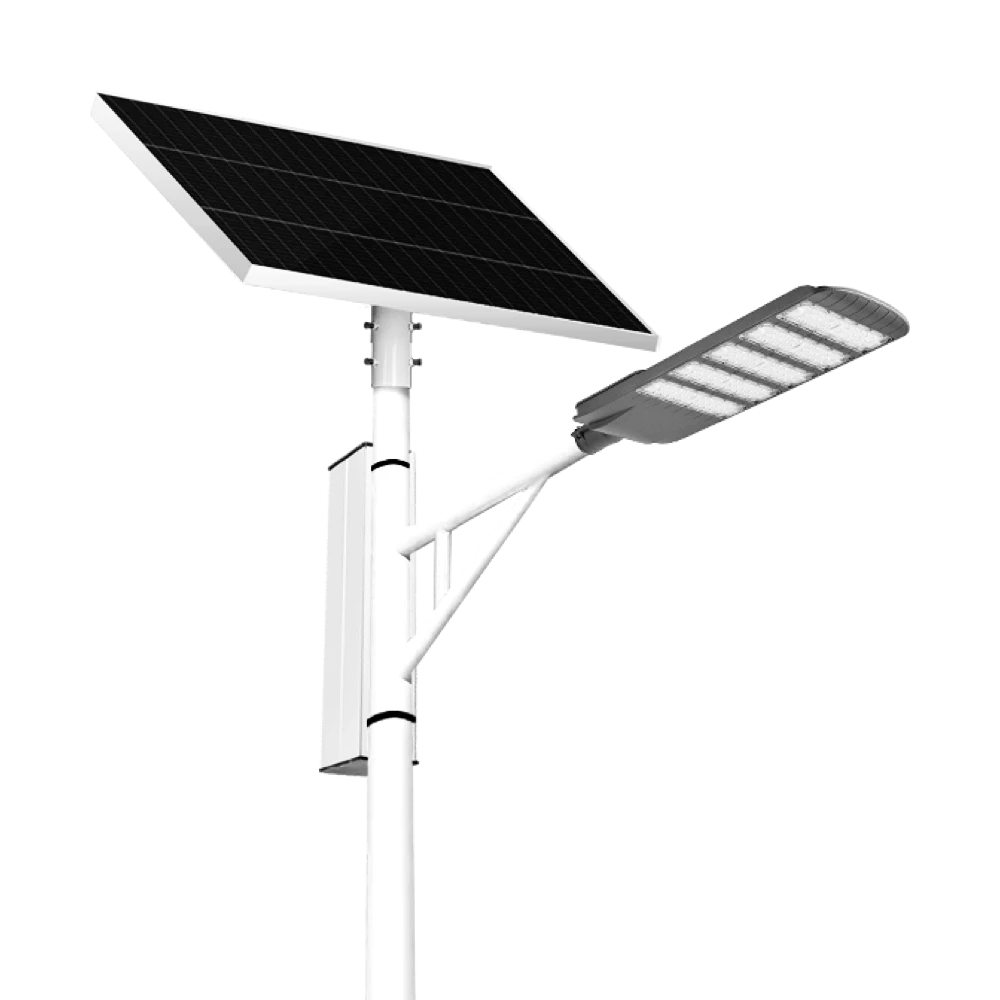
The Solar Streetlights of Luhao for Municipalities are designed to deliver reliable, energy-efficient, and cost-effective public lighting solutions. Equipped with advanced LED technology, durable lithium batteries, and high-efficiency solar panels, these streetlights provide consistent illumination for roads, parks, residential areas, and government projects.
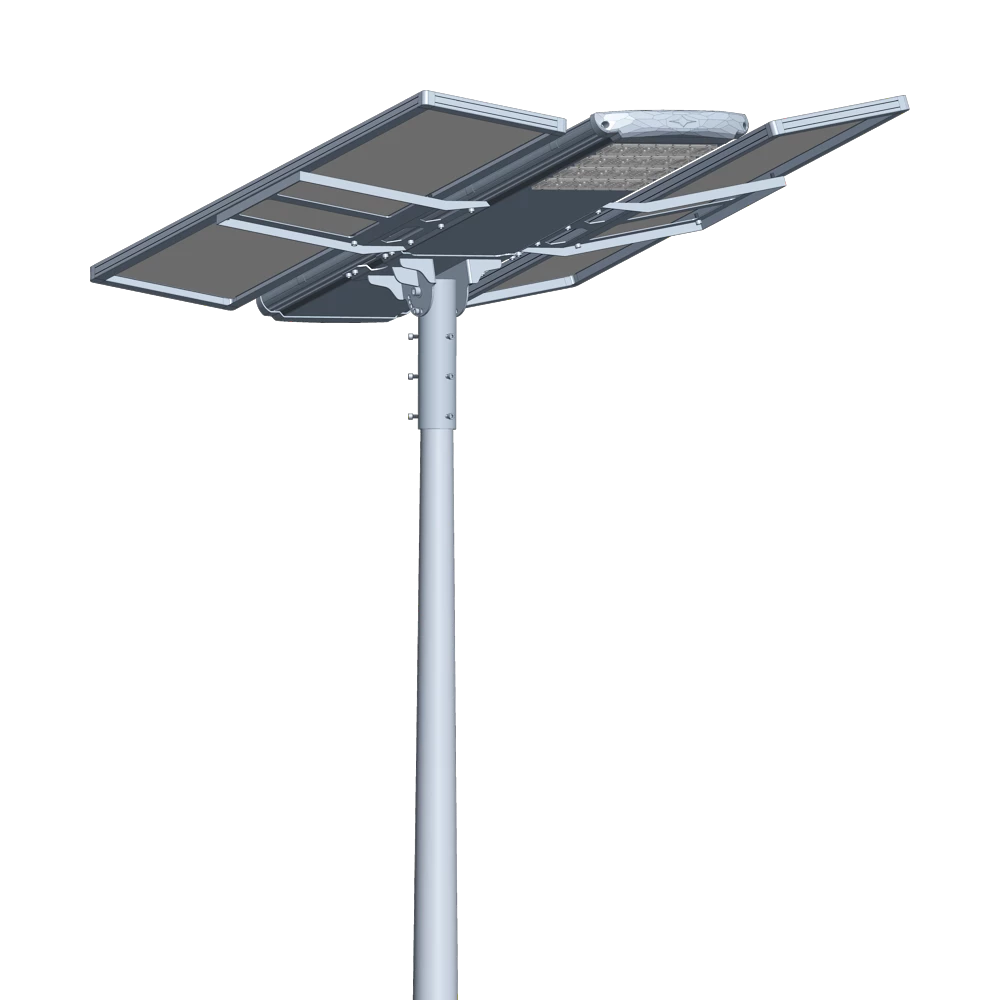
Introducing the Luqing Solar Street Light by Queneng, Efficient LED lighting powered by solar energy is perfect for illuminating outdoor areas. Harness the power of solar energy for sustainable, reliable street lighting. Ideal for eco-friendly, cost-effective outdoor illumination solutions.
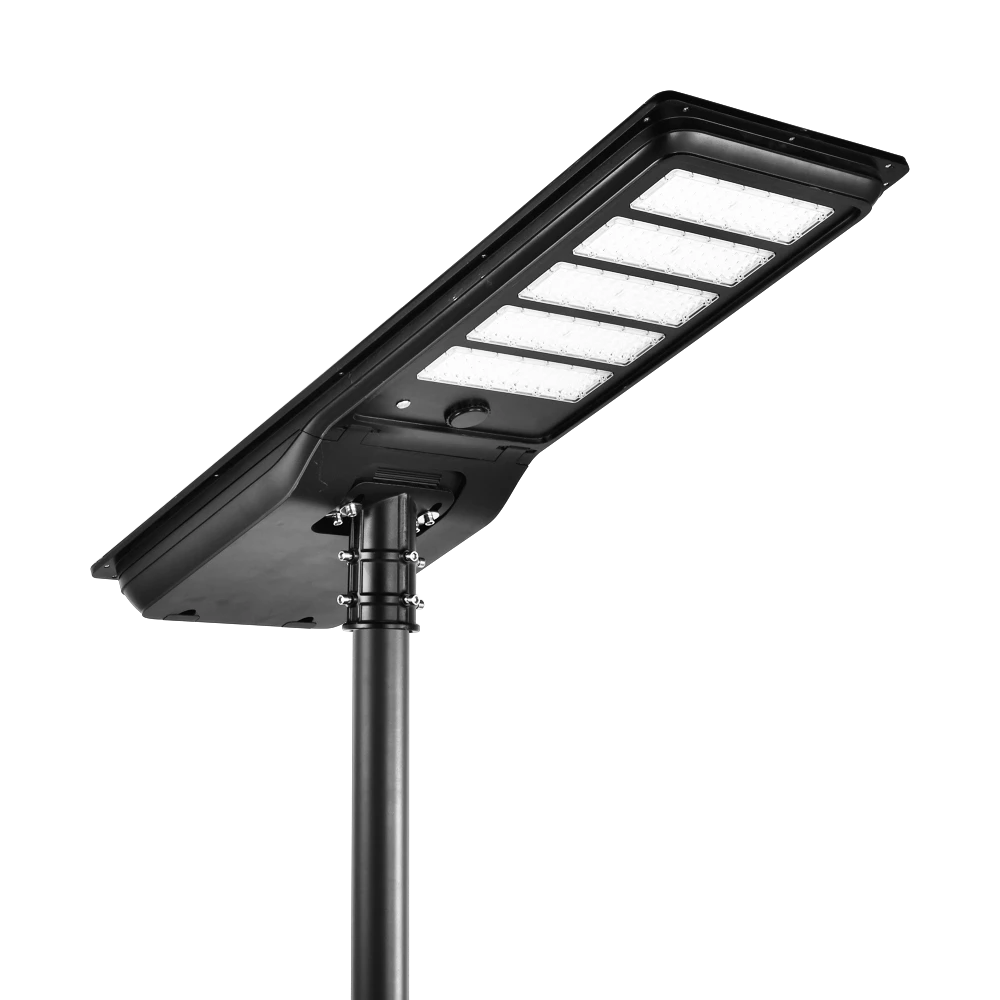
High-efficiency all-in-one solar street light with a monocrystalline solar panel and LiFePO₄ battery. Delivers brighter illumination, wider outdoor coverage, and safer lighting performance for streets and public areas.
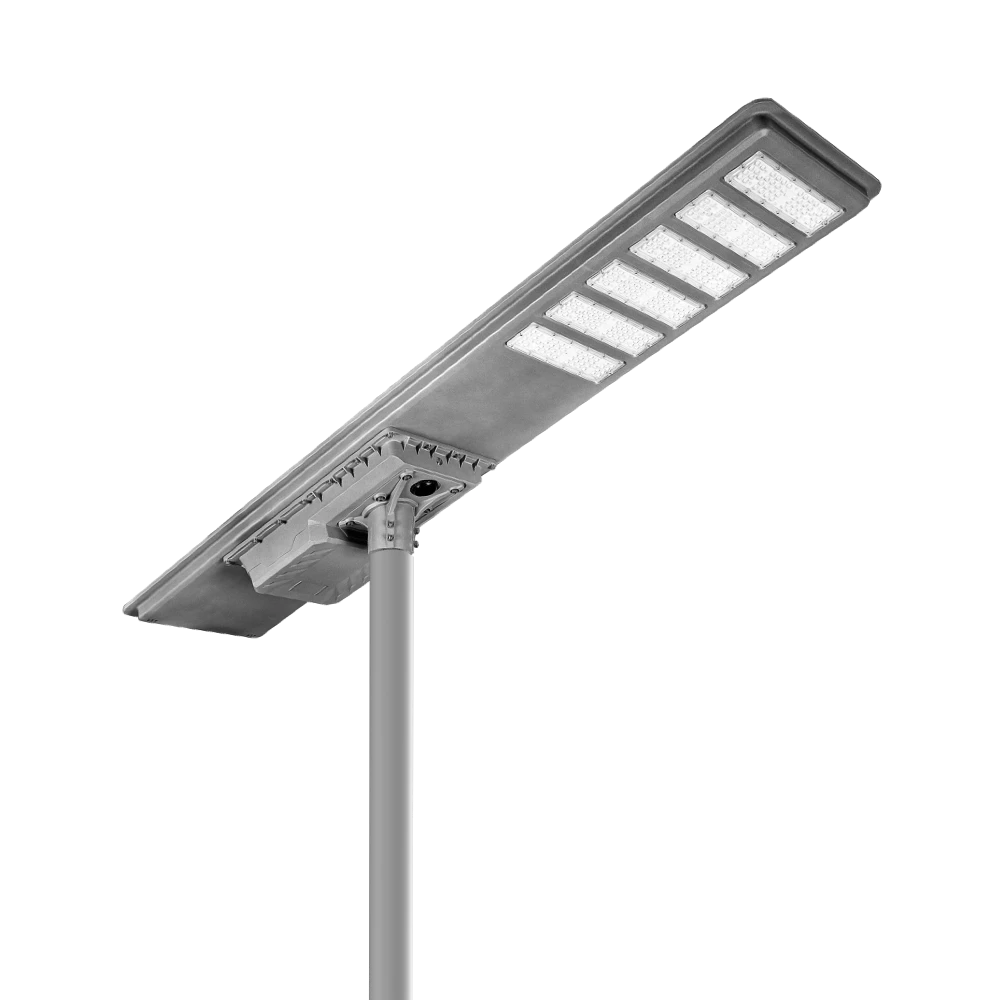
Queneng's Luqiu Innovative Solar Street Light offers energy-saving, durable outdoor lighting. This solar power street light provides a reliable and eco-friendly solution for illuminating your streets and pathways.
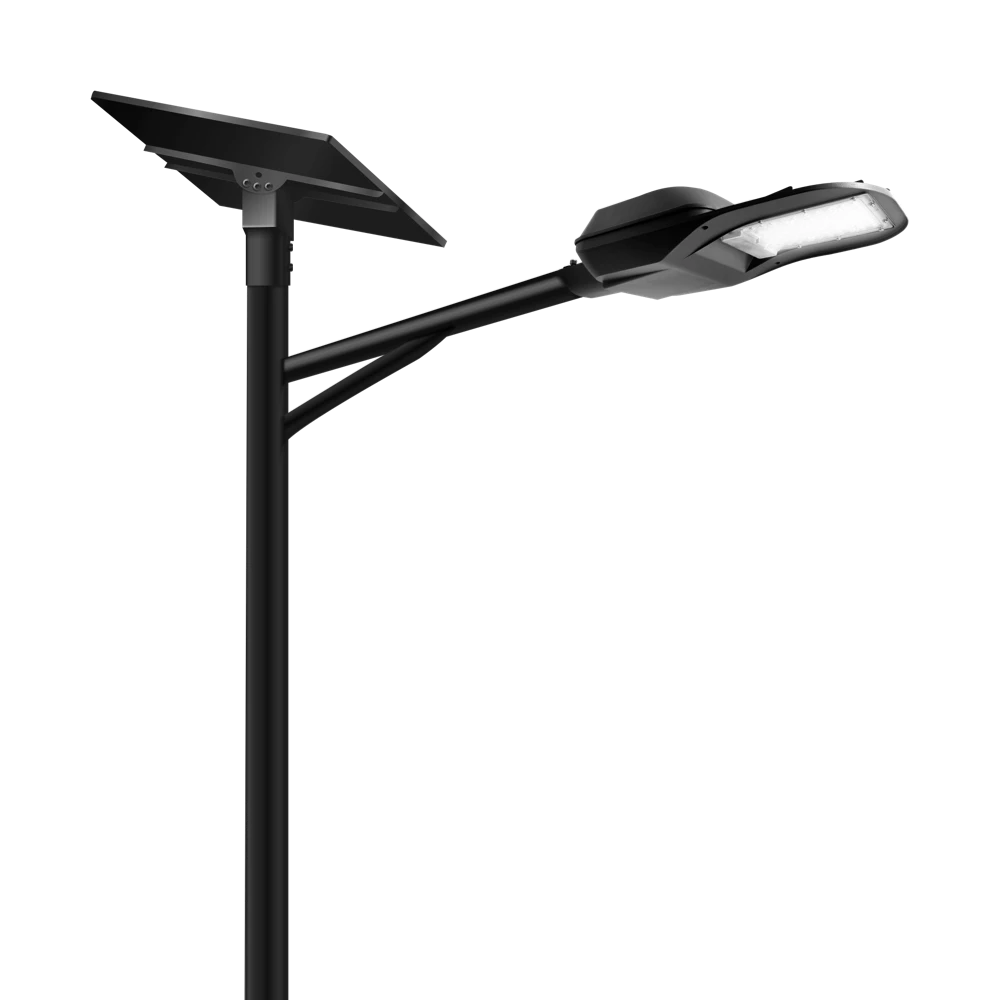
If you would like more information about Queneng solar lighting solutions, please send us a message by filling out the form below. Our professional team will get back to you within 24 hours!
Rest assured that your privacy is important to us, and all information provided will be handled with the utmost confidentiality.
Schedule a Meeting

Book a date and time that is convenient for you and conduct the session in advance.
Have more questions about our products or services?

